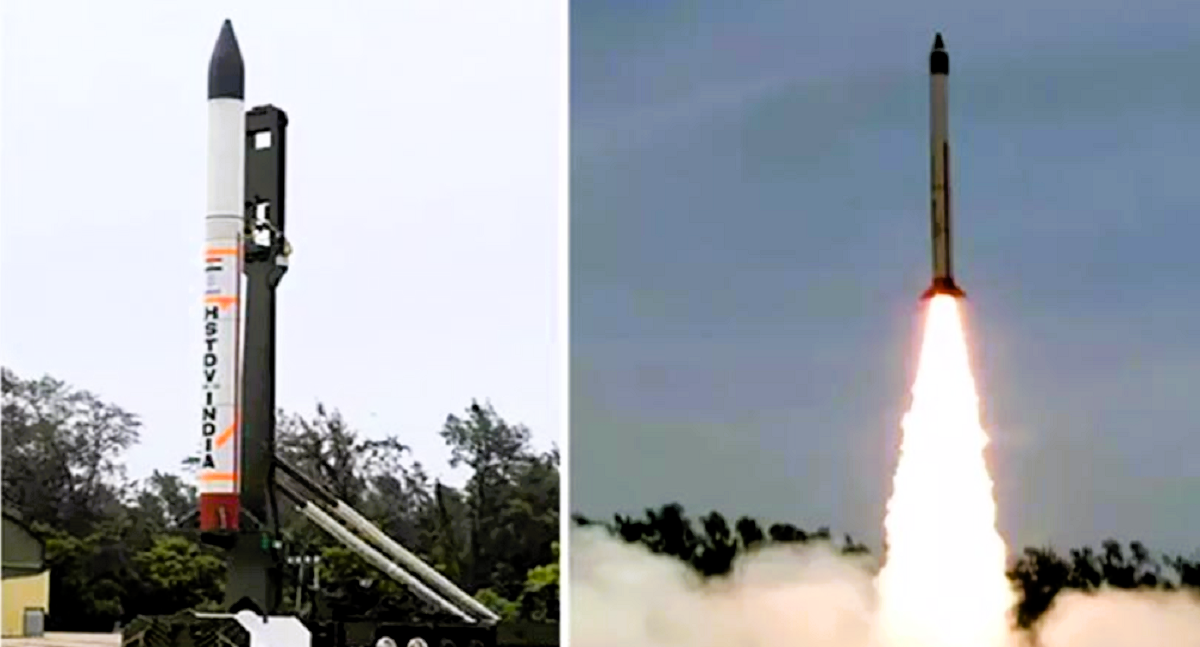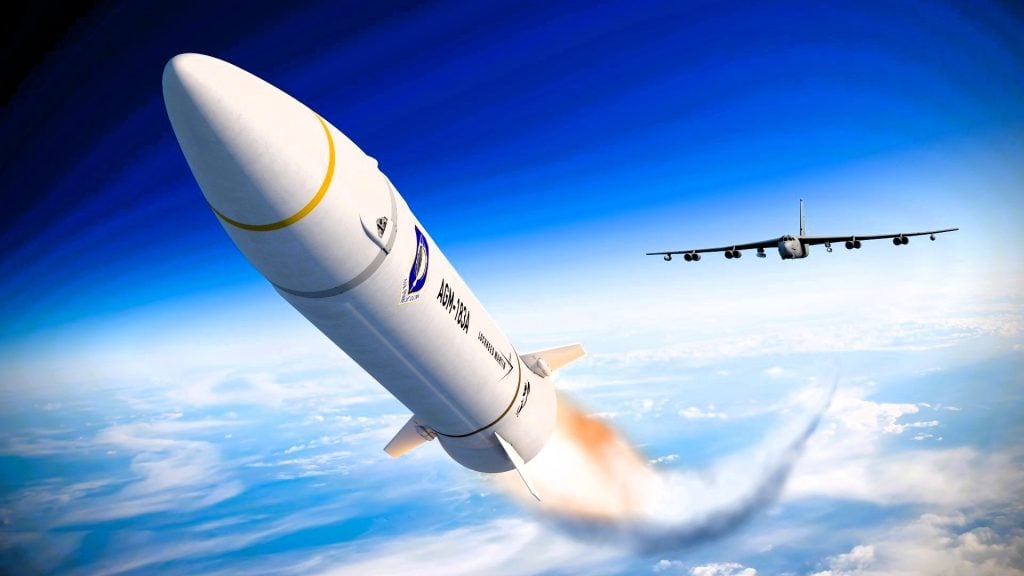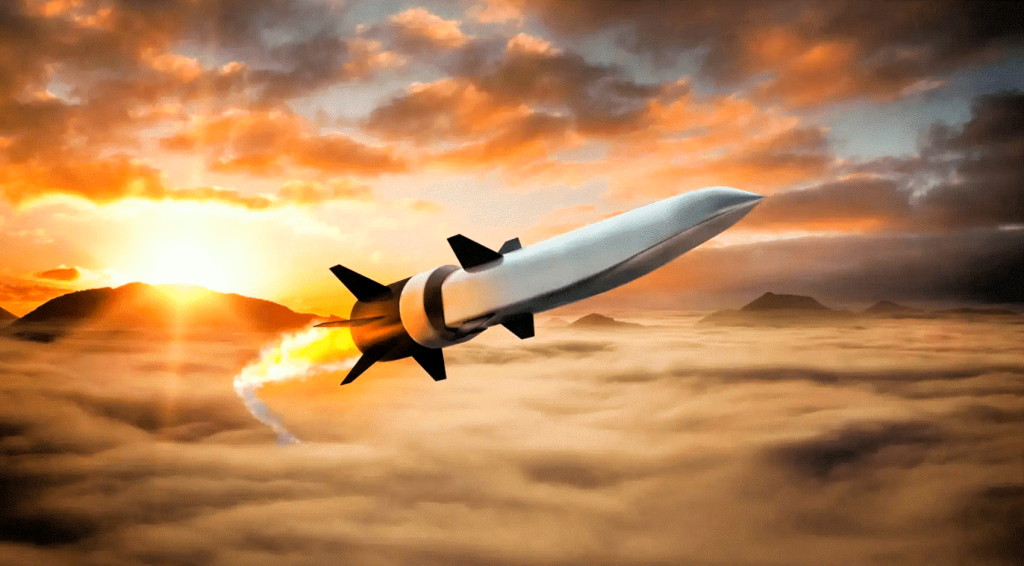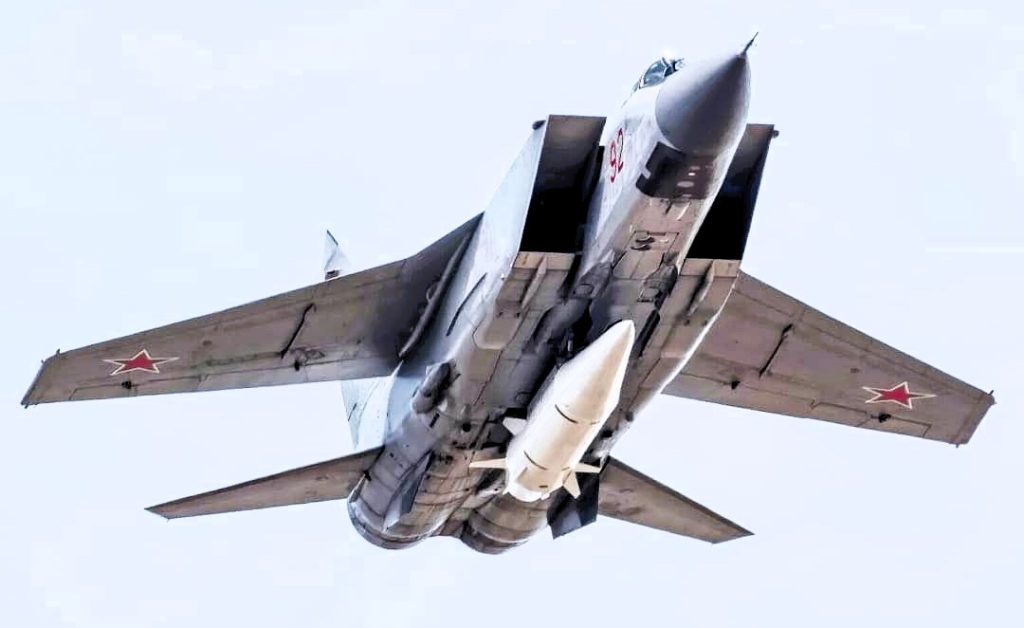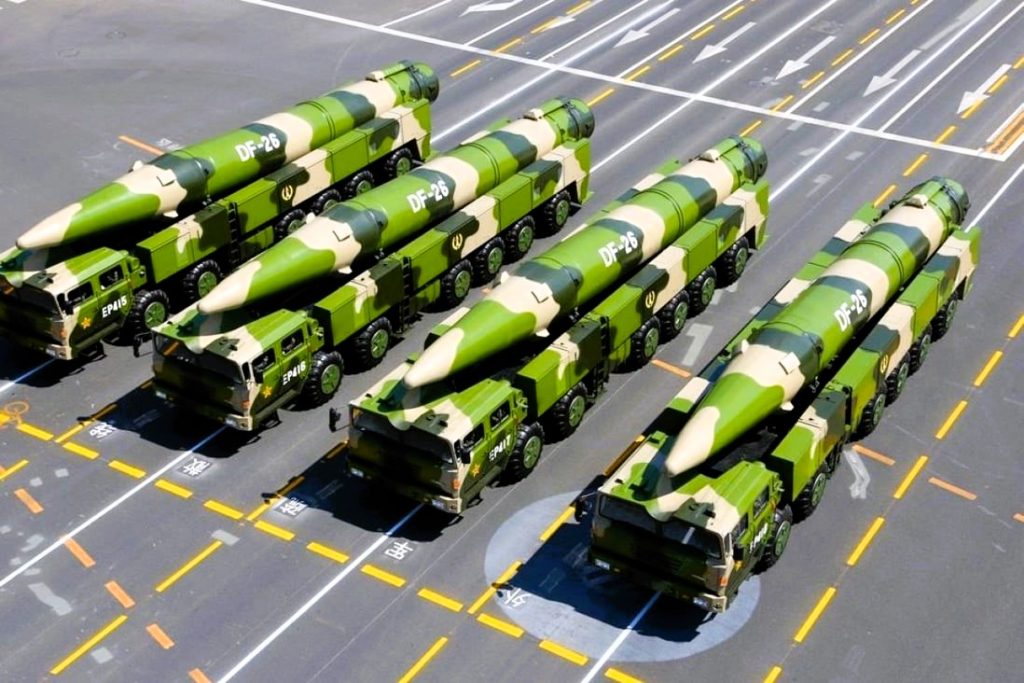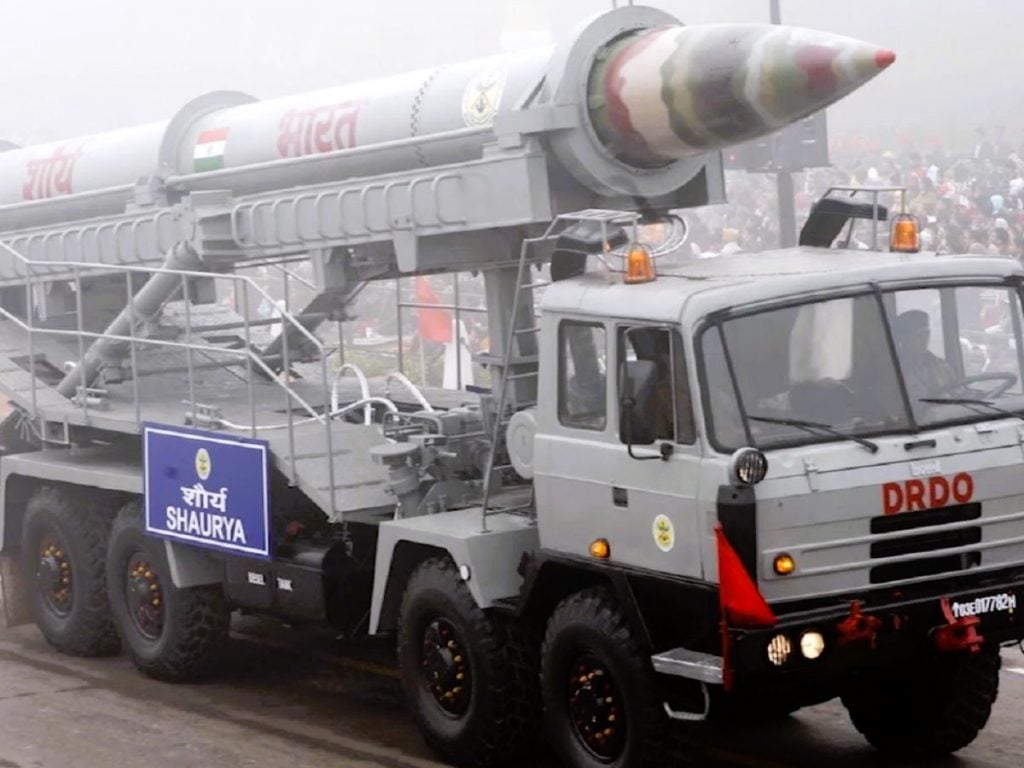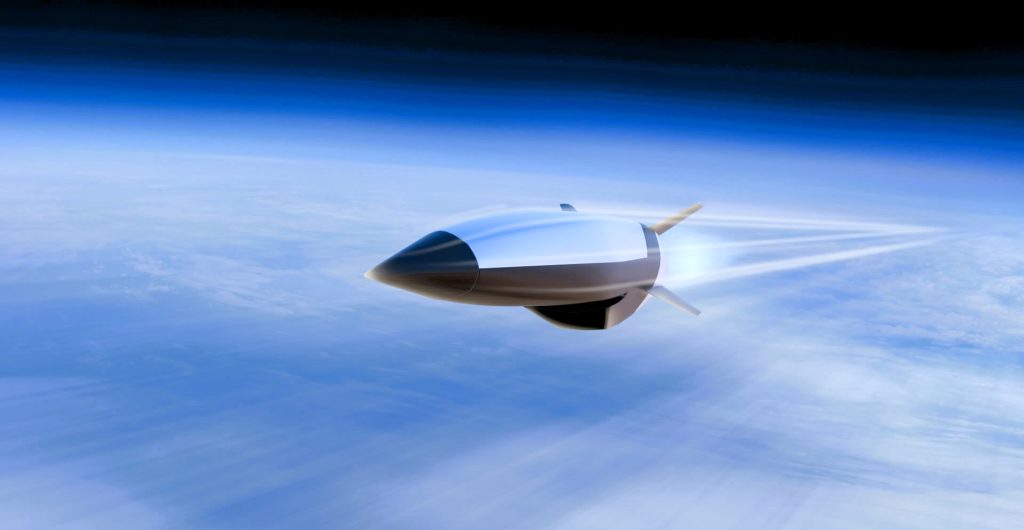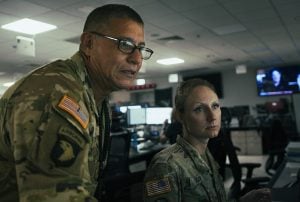In the rapidly evolving landscape of modern warfare, the race to develop and deploy hypersonic missile technology has become a top priority for the world’s leading military powers. From the United States to China, Russia to the United Kingdom, and beyond, nations are investing heavily in these advanced weaponry systems, each seeking to gain a strategic advantage on the global stage.
As these cutting-edge missiles continue to capture the attention of defense experts and the general public alike, it’s crucial to understand the current state of hypersonic missile development across the globe. In this comprehensive article, we’ll delve into the details of Top 5 Countries Advancing in Hypersonic Missile Technology, exploring their progress, capabilities, and the potential implications of these game-changing weapons.
The United States
The United States, long recognized as a leader in military innovation, has made significant strides in the development of hypersonic missiles. One such project is the Hypersonic Attack Cruise Missile (HACM), a joint venture between Raytheon and the U.S. military, including a partnership with Australia through the SCIFiRE program.
The HACM, projected to enter service by 2027, is designed to fly at staggering speeds of up to Mach 8, or around 6,138 miles per hour. With a price tag of approximately $15 million per unit, this air-launched, scramjet-powered missile represents the cutting edge of American hypersonic technology. The U.S. military is currently testing the HACM in Australia, leveraging the country’s fighter jets to evaluate the missile’s performance and capabilities.
Beyond the HACM, the United States has also proposed the development of hypersonic drones, such as Project Mayhem, which aims to reach speeds of up to Mach 10. These ambitious projects demonstrate the American commitment to staying at the forefront of hypersonic missile technology, despite the inherent challenges and high costs associated with these advanced systems.
Russia’s Kinzhal and Zircon
Russia has been at the center of the global hypersonic missile race, with its Kinzhal and Zircon systems drawing significant attention and controversy. The Kinzhal, also known as the “AS-24 Killjoy,” has been a subject of intense debate, with critics questioning whether it truly qualifies as a hypersonic missile at all.
While Russia has previously claimed that the Kinzhal is unbeatable by Western air defenses, these assertions have been largely debunked. In fact, Ukraine’s Patriot air defense systems have successfully intercepted Kinzhal missiles, casting doubt on the weapon’s effectiveness. Nonetheless, Russia has continued to utilize the Kinzhal in its ongoing invasion of Ukraine, showcasing the missile’s integration into its military arsenal.
Alongside the Kinzhal, Russia has also developed the Zircon, a scramjet-powered hypersonic missile intended for use by the Russian Navy. According to Russian sources, the Zircon can reach speeds of up to Mach 9, or approximately 6,900 miles per hour, and has a range of 625 miles. However, caution is warranted when evaluating Russian claims, as the true capabilities of the Zircon remain shrouded in uncertainty.
Boeing F-15EX Eagle II: All You Need To Know About This Multirole Striker
China’s DF-ZF
China, another major player in the global hypersonic missile race, has made significant strides with its DF-ZF (also known as the WU-14) system. This hypersonic glide vehicle is launched by the DF-17 medium-range ballistic missile, and is believed to have entered service as early as 2020.
The DF-ZF’s speed remains a subject of debate, with estimates ranging from Mach 5 to Mach 10. What is clear, however, is the missile’s purported ability to perform “extreme maneuvers” to evade air defenses, adding to the complexity and unpredictability of this weapon. The first tests of the DF-ZF are believed to have occurred in 2014, showcasing China’s long-standing commitment to the development of this transformative technology.
As China continues to refine and expand its hypersonic missile capabilities, the international community closely monitors the country’s advancements, cognizant of the potential strategic implications these weapons may have on the global security landscape.
The United Kingdom’s Hypersonic Ambitions
While the United States, Russia, and China have dominated the headlines in the hypersonic missile race, the United Kingdom has also emerged as a key player in this technological arms race. According to recent reports, the British government plans to develop its own homegrown hypersonic cruise missile, with the goal of having it enter service by 2030.
The British hypersonic missile is expected to fly at speeds exceeding Mach 5, allowing the UK to “catch up with China, Russia, and the US” in this critical area of military technology. While the details of this project remain limited, the British government’s commitment to developing a domestic hypersonic capability underscores the growing global importance of these advanced weapons systems.
As the UK joins the ranks of other major powers in the pursuit of hypersonic missile technology, the international community will closely monitor the progress and potential implications of this new British endeavor.
Other Emerging Hypersonic Missile Programs
While the United States, Russia, China, and the United Kingdom have garnered the most attention in the global hypersonic missile landscape, they are not the only nations engaged in this technological arms race. Other countries, such as India, Iran, and North Korea, have also been actively pursuing the development of their own hypersonic missile systems.
India, for example, is developing the Shaurya hypersonic missile, while Iran has claimed the development of the Fattah, which it boasts can reach speeds of up to Mach 15 – a claim that has been met with considerable skepticism from defense experts. North Korea, too, has made efforts to join the hypersonic missile club with its Hwasong-8 system.
The effectiveness and true capabilities of these lesser-known hypersonic missile programs remain unclear, as the information available is often limited or potentially exaggerated for propaganda purposes. Nonetheless, the proliferation of these advanced weapons systems across the globe underscores the growing strategic importance of hypersonic technology in modern warfare.
The Challenges and Controversies Surrounding Hypersonic Missiles
Despite the rapid advancements in hypersonic missile technology, these weapons are not without their challenges and controversies. One of the primary concerns is the high cost associated with their development and deployment. The Hypersonic Attack Cruise Missile (HACM), for example, is estimated to cost a staggering $15 million per unit, making them prohibitively expensive for widespread use.
Additionally, the practical applications of hypersonic missiles have been called into question. While they may be effective against high-value, time-sensitive targets, their overall strategic value has been debated, as they may have limited utility in many conventional military scenarios.
The issue of interception and defense against hypersonic missiles has also been a source of ongoing debate. While some nations, such as the United States and Russia, have claimed that their hypersonic weapons are unbeatable by existing air defense systems, the recent interception of Russian Kinzhal missiles by Ukraine’s Patriot air defense systems has challenged these assertions.
Furthermore, the proliferation of hypersonic missile technology has raised concerns about the potential for increased global instability and the risk of miscalculation during military crises. The rapid speed and maneuverable nature of these weapons could make them difficult to detect and intercept, potentially escalating conflicts and heightening the risk of unintended consequences.
Equivalent Ranks of IAS, IPS and Armed Forces Officers
Conclusion
As the global race to develop and deploy hypersonic missile technology continues, the world’s leading military powers are engaged in a high-stakes competition to gain a strategic advantage. From the United States’ HACM and hypersonic drone projects to Russia’s Kinzhal and Zircon systems, and China’s DF-ZF to the United Kingdom’s emerging hypersonic capabilities, the landscape of modern warfare is rapidly evolving.
While these advanced weapons systems hold the promise of transforming the nature of military operations, they also come with significant challenges and controversies. The high costs, limited practical applications, and concerns over interception and defense have all contributed to the ongoing debate surrounding the role and impact of hypersonic missiles in the 21st century.
As the world’s military powers continue to invest in and refine their hypersonic missile capabilities, the international community will closely monitor the developments, seeking to understand the implications for global security and stability. The race to master this cutting-edge technology is far from over, and the future of warfare may well be shaped by the outcomes of this technological arms race.
FAQs
1. Which countries are making hypersonic missiles?
India is the fourth country, following Russia, the US, and China, to showcase hypersonic capabilities.
2. Who is developing hypersonic missiles?
For the past 60 years, Lockheed Martin has been at the forefront of hypersonic technology development, and we are now deploying these advanced systems globally.
3. What is the rank of India in missile technology?
This accomplishment has elevated India to the seventh position among the world’s most powerful missile systems for 2022, thanks to the AGNI-5. Nevertheless, India remains behind China in the overall global missile technology rankings.
4. Who is the leader in hypersonic missiles?
China is at the forefront of developing, testing, and deploying hypersonic weapons.
5. Who is the father of the missile in the world?
Dr. APJ Abdul Kalam is renowned as the Father of Indian Missile Technology due to his significant contributions to India’s defense sector.
